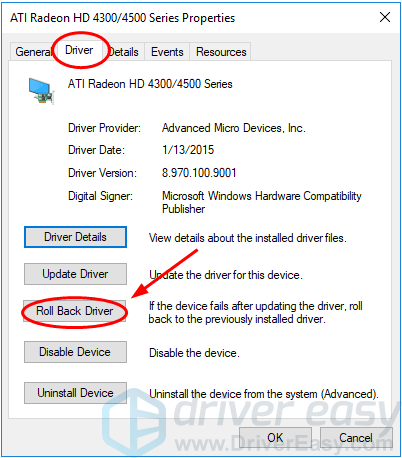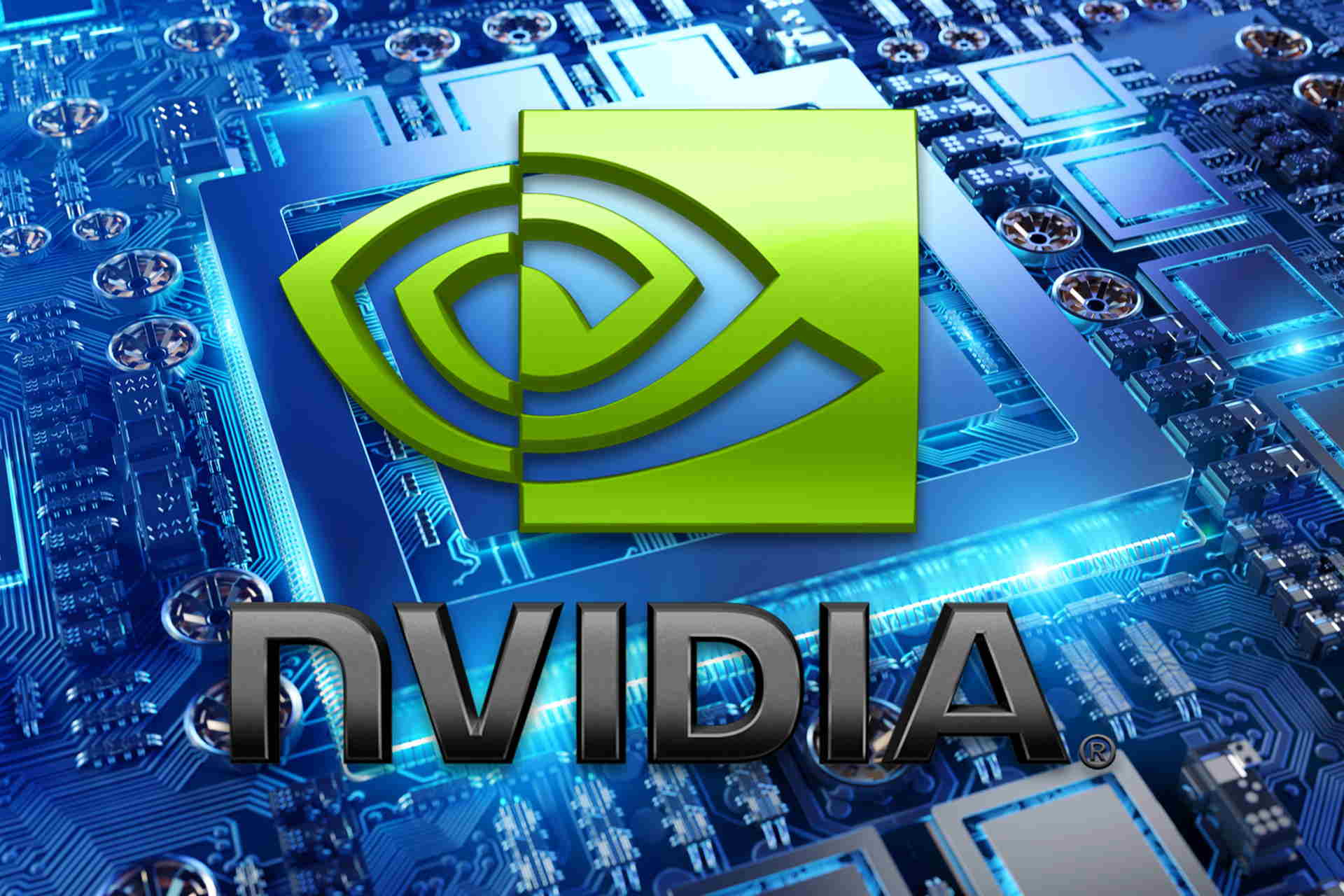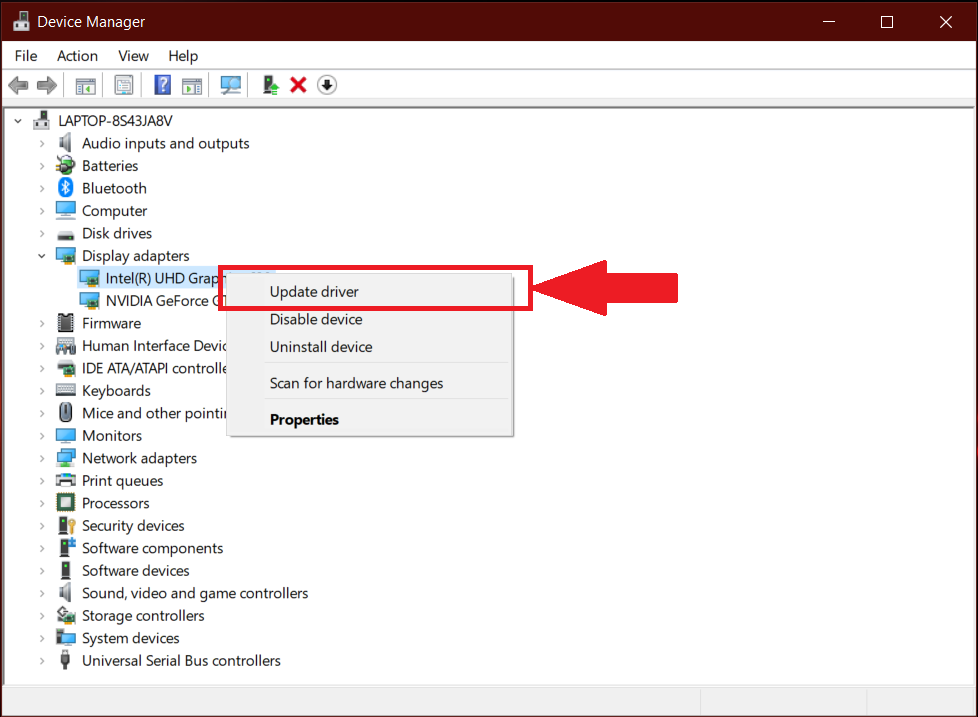

Meanwhile NVIFR does have operate at a slightly higher level to inject itself into the graphics API, but in doing so it gains the flexibility to capture images from render targets as opposed to just frame buffers. NVFBC allows Shadowplay to pull finished frames straight out of the frame buffer directly at a low level, as opposed to having to traverse the graphics APIs at a high level.

This functionality is exposed as Frame Buffer Capture (NVFBC) and Inband Frame Readback (NVIFR).

NVFBC is NOT the ideal encoder for full screen games at all. You are not limited to "a window" what so ever which is what you originally stated. NVIFR works beautifully in full screen and is leaps and bounds faster than NVFBC. It is slower and was never meant to be used with full screen games.

Thats been the only thing you are correct about though. You are correct, NVFBC is less error prone, it captures the desktop. Nobody is trying to start a flame war but I'm not going to just sit back while you tell everyone quite literally the opposite of what is true. I also quoted you direct explanations for the uses from the Nvidia Grid PDF and you came back to me with an uncited Wikipedia article. I've tried to explain it several times but nothing seems to be getting through. Anyone who has done even some basic to intermediate 3D programming should be able to tell you the difference between the two. You can look it all up on google if you want. The concepts are universal across both DirectX and OpenGL. That effectively makes them useless as a measure of performance.I don't need to work at Nvidia to know the difference between a "Render target" and "The Framebuffer". Synthetic benchmarks are usually made to stress specific bottlenecks and unless your game or app suffers from those specific bottlenecks, they don't matter.ĮDIT: Also it is an absolute fact that both nVidia and AMD have been known to cheat on synthetic benchmarks in the past. Synthetic benchmarks will never meet the first rule.ĮDIT: Honda's Formula One doesn't say anything at all about Honda's Civic. The first rule of benchmarking is to benchmark the game or application you want info on. I'm not a fan of time demos either, but at least those use actual games to render them. If you are looking for a general overview, synthetic benchmarks can't give you that by their very nature. Gputest results never line up with any game benchmarks. Most benchmark modes go through simulations of most things you'll be doing/seeing in the game.The numbers in this article at least don't agree with you. They don't tell you anything about bugs, tearing, etc, but they do give a pretty good general overview of the kind of performance you should see when playing.


 0 kommentar(er)
0 kommentar(er)
